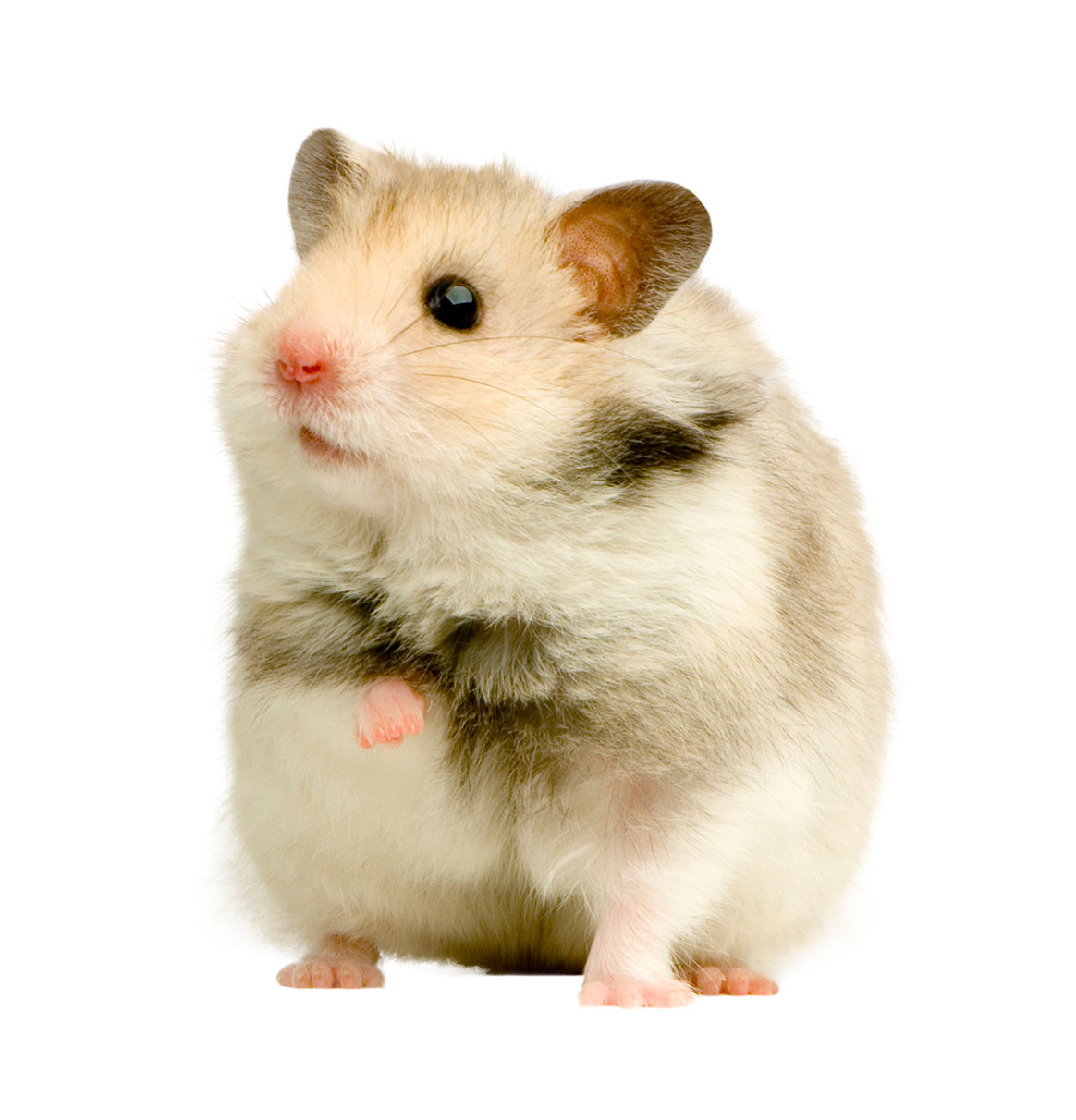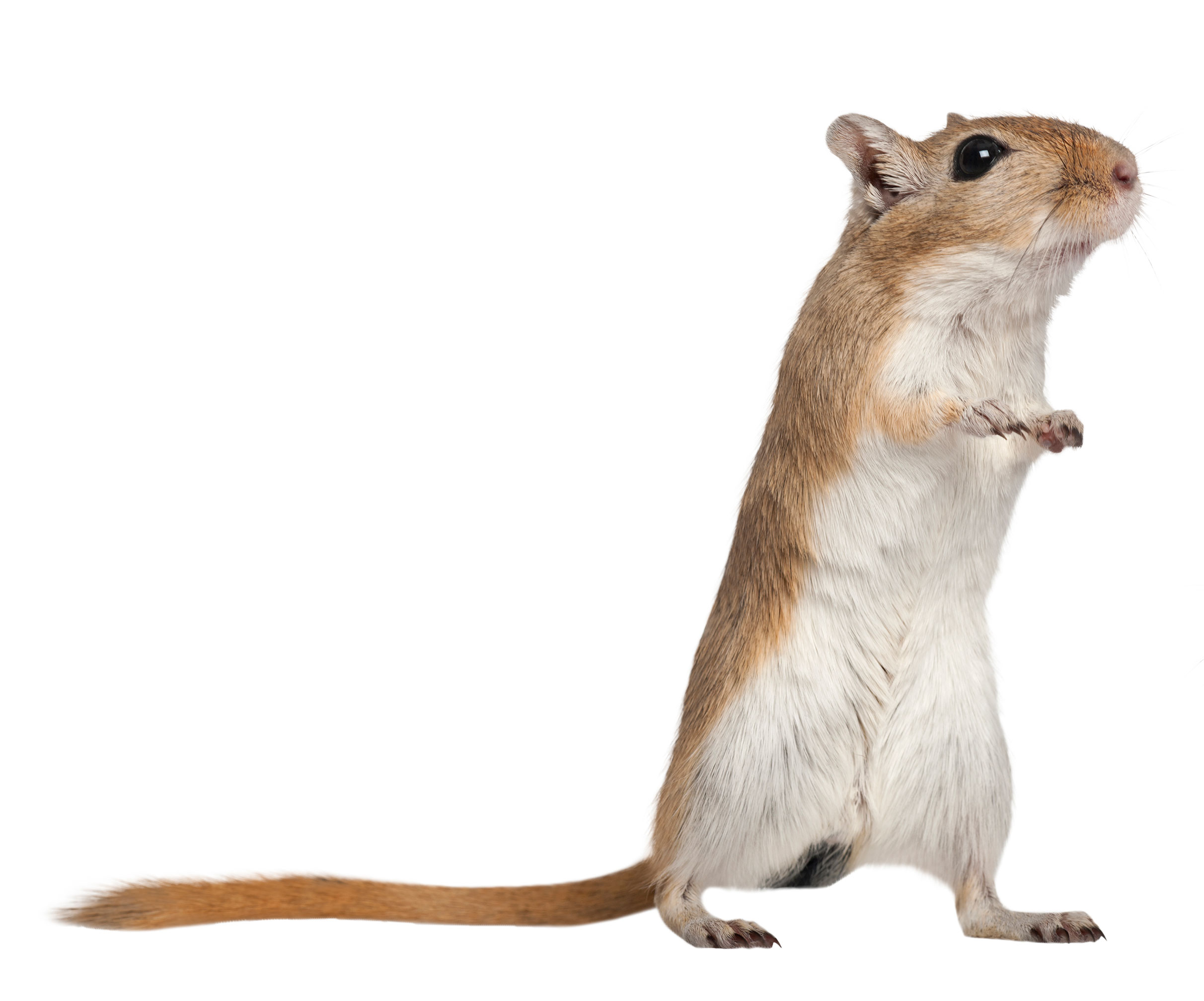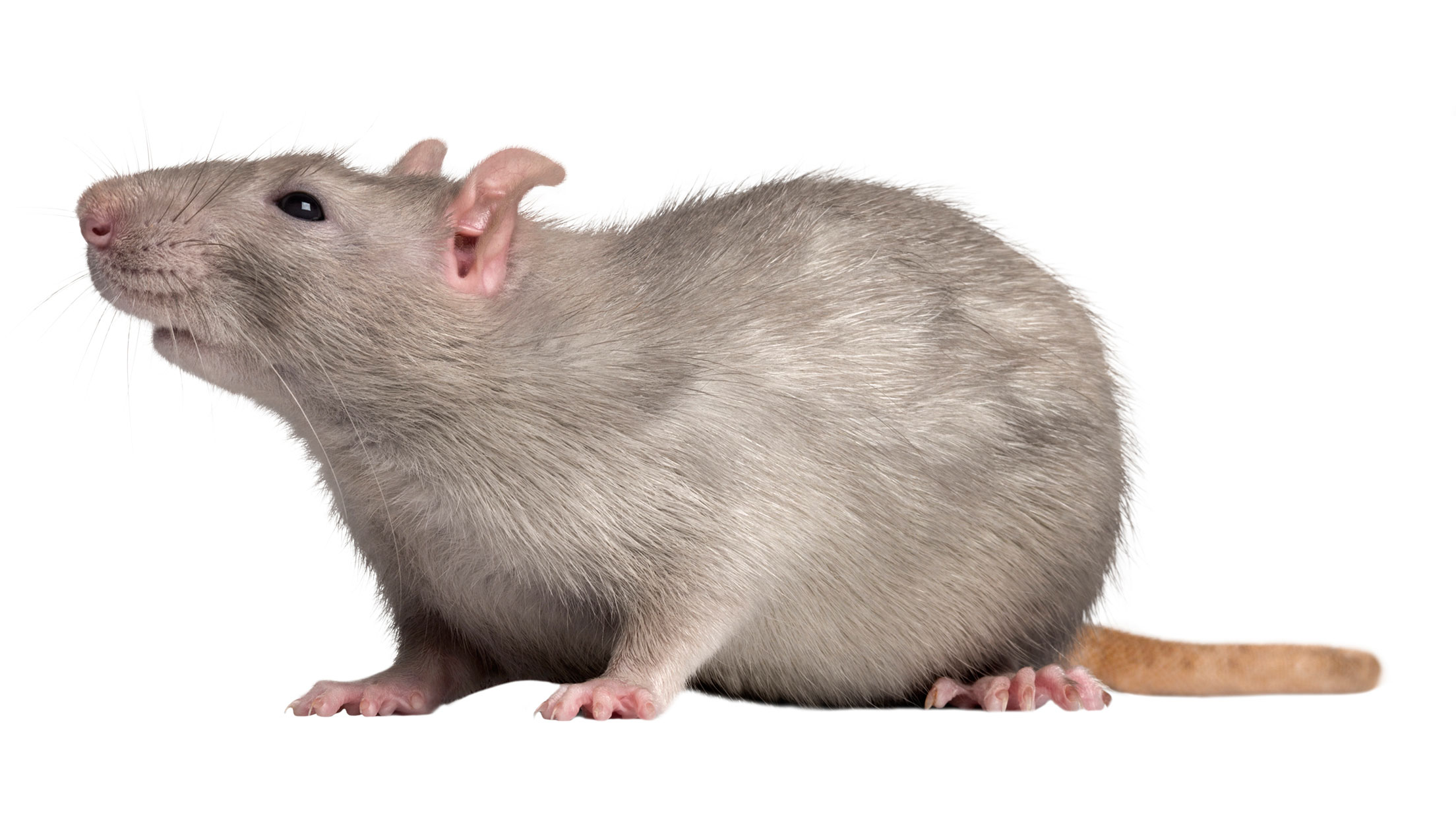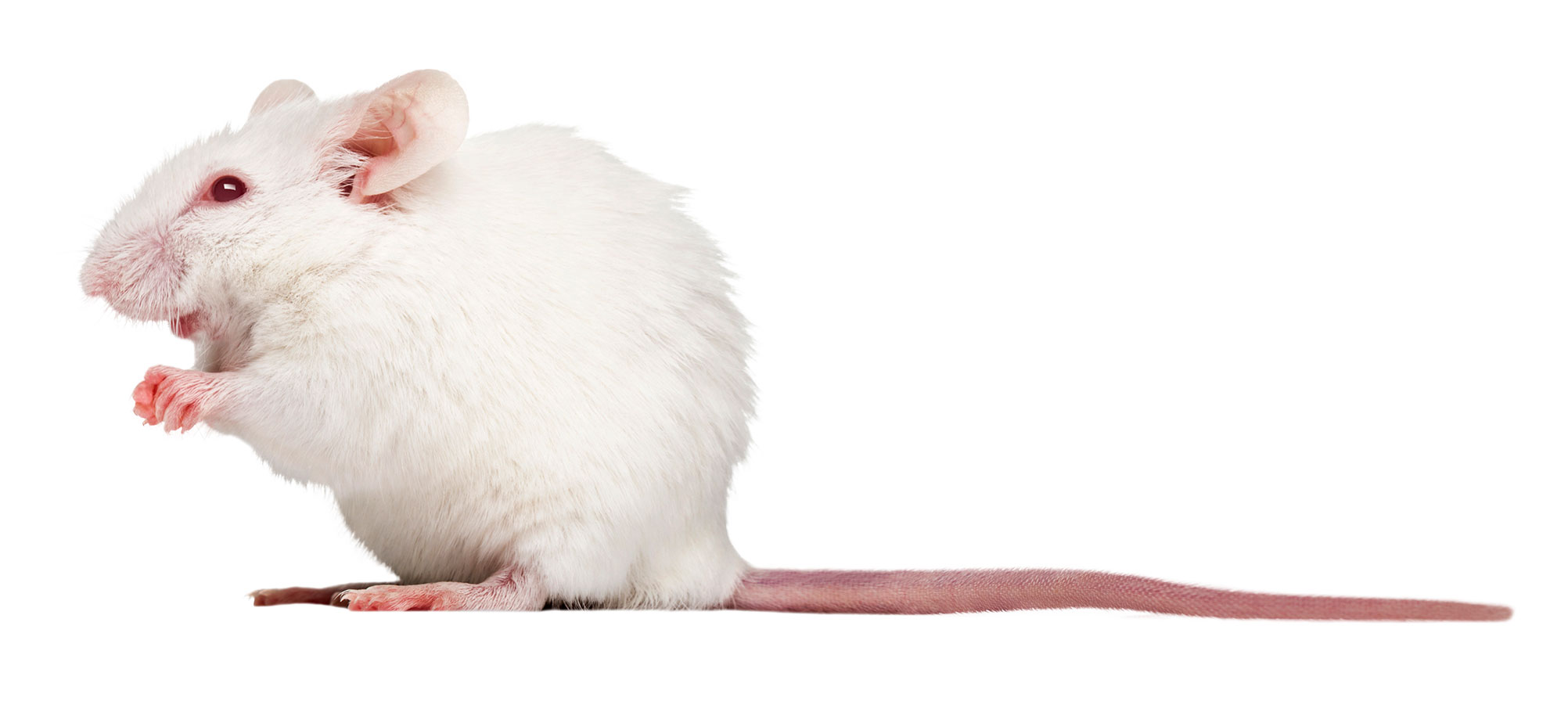|
Small rodents are very popular pets for families as they do not take up much space and tend to be very social. Hamsters, gerbils, rats and mice are all tiny mammals most commonly found at pet stores, and each come with their own requirements and qualities.

HAMSTERS
Hamsters are originally from areas of the Middle East and Eastern Europe. The most common breed of hamster today originates from the wild Syrian hamster, or golden hamster, a rodent of the subfamily Cricetinae. They were successfully bred and domesticated in 1939. Their average lifespan is around 2 - 3.5 years.
They are solitary animals that should be kept one to a cage. These guys can be placed in glass aquariums or wire cages that have solid bottoms and wires that are close enough together to prevent escape (1/4 to 1/2 inch depending on the size of your hamster). For your sake, your Nashville hamster veterinarian suggests an enclosure that is easy to clean, especially if it will be done by a (supervised!) child. Avoid plastic enclosures because your pet will likely chew right through it in no time.
They need to be kept relatively cool. They do not tolerate hot, humid conditions. At very low temperatures, they go into a deep, hibernating sleep. Hamsters generally like to exercise on wheels and may escape their cages by chewing through plastic. All small rodents' incisor teeth grow continuously and should be provided with safe, wooden toys on which to chew.
Hamsters tend to be less active and are easier to hold than gerbils; however, they can jump, are nocturnal (active at night), and may bite, if awakened suddenly. Hamsters tend to develop stress-related diseases, such as gastrointestinal problems, more easily than some other small rodents.
They move slow enough for children to hold them. They can become stressed if mishandled, especially if they are handled while sleeping, startling awake, which may cause them to bite you. Do not leave your hamster unattended outside of its cage; they are prone to chewing on wires, floor boards, furniture, and carpet.

GERBILS
The Mongolian species of gerbil was first popularized in the 19th century when it was brought from China to Paris. Eventually in the 1950s, mice made their way to the United States. The Mongolian gerbil is the most common breed of domesticated gerbil today. Gerbils in captivity have a longer life expectancy than other rodents, they live 3 - 4 years, on average.
Gerbils are hardy, active animals that can be territorial; therefore, they are best caged singly.
They are very social and are happier as a pair or group (get all males or all females to prevent prolific breeding). Introducing adults is difficult, though, so it is best to acquire a pair (or more) that are littermates or quite young.
They should never be picked up by their tails, as the tail skin can slough easily.
They should be placed in a glass or plastic aquarium, with a secure mesh top for airflow, and it should be deep enough to accommodate natural burrowing.

RATS
The domesticated rats we are familiar with were originally bred from brown rats in the 18th century in Europe to be used for blood sport. Later on, these rats were eventually bred as pets. Rats are known for their intelligence and affordability, which makes them a popular rodent pet. A healthy rat can live between 2 - 3.5 years.
They are on the bigger side, and are known to be quite intelligent. This means that they require more social and mental stimulation. Though that may be more work, it also means that they can be taught tricks. They can be trained to respond to their names, use a litter box, and climb ropes.
Since they are larger, with a body length of about 8 inches (and a hairless tail about the same), they are easy to handle. With regular handling they become very tame and enjoy human companionship, and they rarely bite.
It’s fine to have one rat, but they are known to thrive in pairs or larger groups.
Do not leave your rat unattended outside of its cage; they are prone to chewing on electrical wires, floor boards, furniture, and carpet.
They do need a large cage: a tall cage with at least 24 inches by 36 inches of floor space is recommended.

MICE
Pet mice are a domesticated version of the house mouse (Mus musculus). The first historical mention of a pet mouse occurred in China, in 1100 B.C. They became popular in 17th century Japan. A healthy mouse lives on average between 1.5 - 2.5 years.
They are the smallest of this group with bodies that are only about 3 inches long, with a long hairless tail.
Mice are fairly disease-resistant, quick moving, nocturnal animals. They do not bite as much as some of the other small rodents. Male mice may fight, but females may be housed together.
Mice can become quite tame if handled regularly but are small, fast and can be skittish so are not the best candidates for human interaction. However, they are low maintenance and quite active and playful, so they are entertaining to watch.
DIET AND NUTRITION
All rodents are omnivores, but gerbils and mice tend to have more of an herbivore diet.
Generally, commercial available rodent pellets are recommended by your Nashville rodent veterinarian. An only seed diet is not appropriate and can lead to obesity and vitamin deficiency. They tend to pick out the less nutritious and more delicious foods if fruit and seeds are mixed into the pellets. Do not put in more food than required for their daily amount. Only small amounts of fresh veggies and fruit are encouraged.
Fresh leafy greens are preferred, but here are some options you can feed:
kale, lettuce, bok choy, dandelion greens, broccoli, celery, carrots, squash, cauliflower, cucumber, parsley, swiss chard, mint, cilantro, clover, collard greens, escarole, endive, radicchio, beet greens, radish tops, and wheatgrass.
Fresh fruits and unsalted nuts should be offered sparingly. Be sure to wash all produce before feeding it.
Avoid leeks, chives and onions and cabbage.
Fresh water should always be available and changed daily. We recommend a shallow dish as well as a sipper bottle attached to the outside of the cage.
Hay can be offered as a dietary and enrichment award. Fiber in hay helps facilitate gastric movement, and chewing on the hay can help with dental health. Hay also encourages natural foraging behaviors and aids as mental stimulation.
HEALTH AND MEDICAL PROBLEMS
All small rodents should be examined by a veterinarian initially after purchase and annually thereafter to ensure they are healthy. They should receive a complete physical examination and a fecal analysis to check for parasites. Diet and husbandry requirements should be reviewed.
Most common health problems:
- Dental issues
- Much like guinea pigs, rabbits and chinchillas, tiny rodents have open rooted teeth and constantly grow. Overgrown teeth and malocclusion can affect your pet and teeth filing may be necessary.
- GI stasis
- Gastrointestinal Stasis is a serious condition that occurs when the digestive system slows down or stops. In order to prevent it, it’s essential to feed a high fiber diet centered around hay (at least 70% of their diet). You can see signs of it by noticing underlying issues such as pain, dental health issues, and other infections.
- Obesity
- Respiratory Disease
- Mammary tumors
- Always recommended to spay/neuter your pet rat to reduce risk of cancer
- Wet tail
- Common in hamsters, referring to diarrhea that can be fatal if not treated in time
Contact us today if your pet is showing any of these mild symptoms:
- Wet or soiled tail
- Blood in urine
- Sneezing
- Trouble/labored breathing
- Lethargic
- Overgrown front teeth
- Bald patches/hair loss
- Lumps or sores on the body or feet
- Abnormal eating or drinking
If your rodent is showing any of these symptoms, there are considered EMERGENT and should be seen by a veterinarian as soon as possible:
- Mood or behavior changes
- Weight loss
- Decrease in appetite and thirst
- Diarrhea
- Sunken eyes
- Discharge from eyes, ears, nose, or genitalia
- Hair loss
- Unkempt coat
- Excessive itching
|
.webp)









